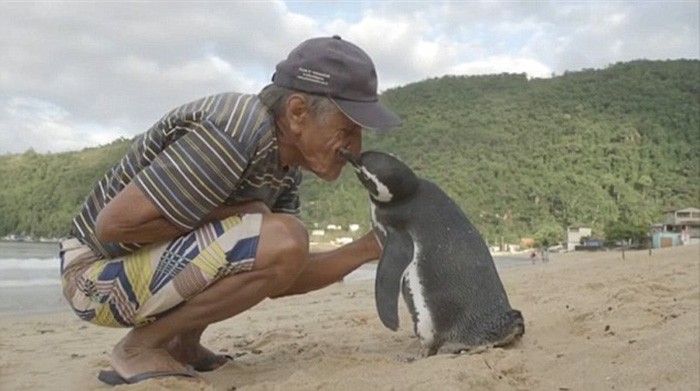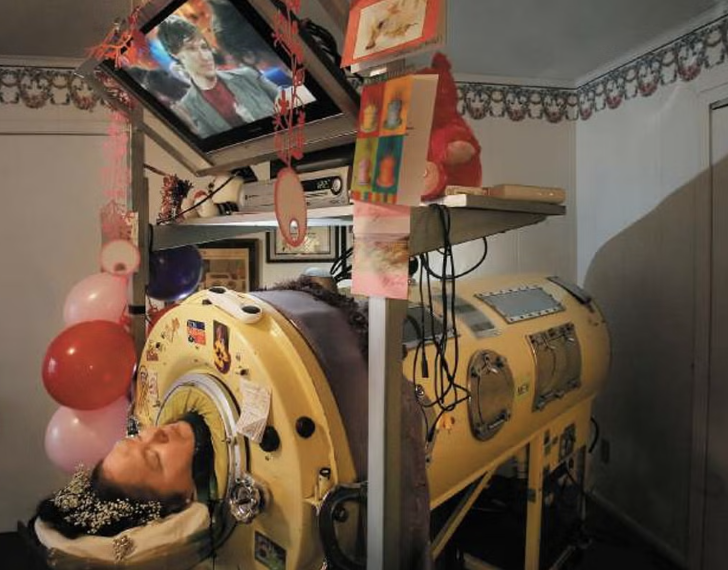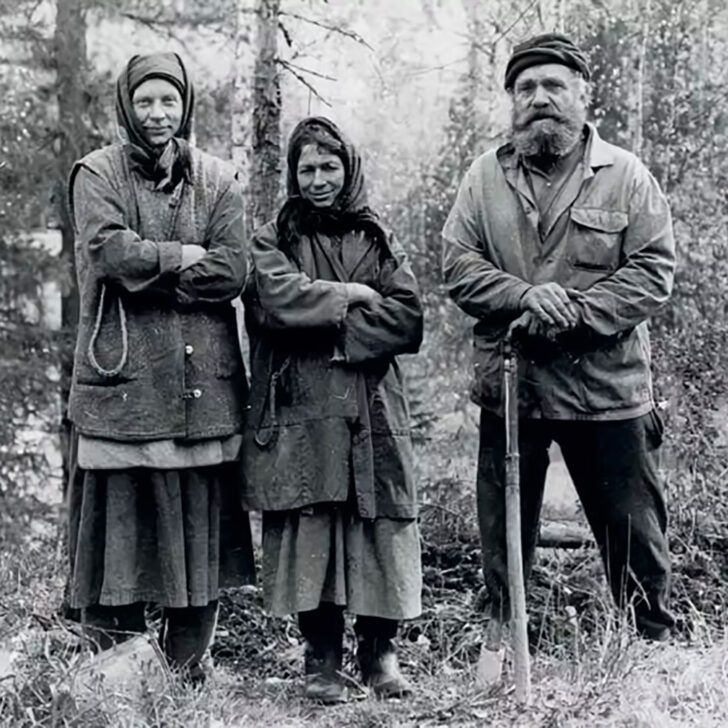When Genie Wiley’s mother brought her into a social services office, she hadn’t been out of her home in years. Genie was 13, but the social worker who saw her took her to be 6 or 7.
With a strange way of walking and no language to speak of, it was immediately clear that something was very wrong with Genie Wiley.


No one could have guessed how horrific the life of the young girl had truly been.
Severely socially isolated and abused for most of her childhood, Genie was unlike anything else the world of child psychology had ever seen.
Over time, she would slowly recover, and she would teach the scientific community invaluable things about childhood development.
This is the story of Genie Wiley, America’s “feral child” who was really just a little girl desperate to learn and to be loved.
The Early Life Of Genie Wiley
Susan Wiley, who would go by the pseudonym Genie Wiley for most of her life, was the youngest of four children born to Clark and Irene Wiley.
The first two children born to the parents died of neglect, and the same nearly happened to Genie’s older brother before Clark’s mother took over his care for a time.
Irene had suffered a head injury as a child that led to permanent neurological issues and deteriorating vision throughout her life.
Clark was an orphan who would become extremely mentally ill throughout his adult life, leading to the unimaginably horrible abuse that he would inflict on his two surviving children.
Genie was born on April 18, 1957, in Los Angeles, California. For the first year or so of her life, she received regular medical care and seemed to be developing normally.
Her weight gradually fell, which led some doctors to believe she might be suffering from malnutrition. By the time Genie turned 20 months old, she wouldn’t see a doctor again until after her 13th birthday.
Why Was Genie Locked Away?
Genie’s father, Clark, had abused her mother and younger brother for years and suffered from volatile anger issues. He was also hyper-sensitive to sound and forbade things like television and music inside the home.
Clark would even go as far as to forbid Genie’s mother or brother from speaking.
When Clark’s mother died, his anger and paranoia reached a fever pitch. He moved his family into his mother’s old house, and from that day forward, Genie would be hidden from sight.
Locked in a dark bedroom, Genie would either be strapped to a child’s toilet with a harness Clark made himself or restrained in a sleeping bag unable to move inside a mesh-covered crib. She was almost always immobilized and alone.
Genie’s father would beat her when she made noise, growling and barking at her like a dog. He would hit her with a piece of wood he kept in her room, or scratch her with his long nails, instilling a lifelong fear of dogs in the little girl.
She was never given solid foods, only liquids, and baby foods. Her mother was almost never allowed to be alone with her, and when she was, she was forbidden to speak.
Genie grew up never hearing words spoken, only occasionally hearing piano music drifting in from outside her slightly opened window.
The Discovery And Rescue Of Genie Wiley
Genie Wiley was rescued almost entirely by accident.
Clark Wiley rarely let anyone leave the home or have contact with anyone outside of their tiny family. Irene, who had gone almost completely blind, got into an altercation with Clark where she told him she was leaving to go to her parents.

Finally, when Clark was gone, Irene took Genie and fled.
By this time, Genie’s brother had long since run away. Three weeks after their initial escape, Irene took Genie with her to apply for disability benefits pertaining to her blindness.
By accident, she entered a social services office instead, where Genie was quickly noticed by social workers.
Upon realizing that this small child, the size of a six-year-old, was actually thirteen, the police were called. Irene and Clark were arrested, and Genie became a ward of the court and was immediately taken to the hospital for treatment.
It was there the breadth of what had happened to the little girl would become apparent.
Genie was quickly assigned to therapist and chief child psychologist at the University of Southern California, David Rigler. Also assigned to her case was Howard Hansen, head of psychiatry.
Despite efforts to keep things quiet, Genie quickly became a media sensation. People were horrified that a little girl like Genie could be neglected for so long right under their noses in the quiet California suburb where the Wiley’s lived.
Charged with child abuse, Clark Wiley would end up taking his own life in jail, while Irene would be declared a victim of Clark’s and released from prison with all charges dropped.
Genie Wiley, Language Acquisition, And The Critical Period Hypothesis
Physicians assigned to Genie would note that her case was the most severe case of child abuse they had ever seen.
While the focus was on rehabilitating the child, Genie also presented the unprecedented opportunity to research a child’s development after extreme deprivation.
From around the world, researchers began to petition to examine Genie. She had never been taught to speak besides a scant few words, was completely incontinent, and walked with a strange bunny hop gait attributed to her many years restrained to her potty chair.
Under the care of professionals, she made impressive progress at first. Having been fed liquids and baby food for so long, 13-year-old Genie had never learned to chew, which she was finally taught.
Soon, Genie could dress herself and play with the toys she had been denied. Language, as expected, came much slower.
Genie was the perfect subject with which to investigate the “critical period hypothesis”. According to this hypothesis, a first language must be learned early in life when there is still significant neuroplasticity of the brain.
If this first language is not learned during this time, the child will never have a full grasp of language.
Researchers were awarded a grant by the National Institute of Mental Health (NIMH) in order to determine if the 13-year-old Genie could still acquire language, or if she had missed the language learning window altogether.
Linguist Susan Curtiss was assigned to the case, and she spent time getting to know Genie and gaining her trust before research truly began.
It quickly became apparent that while Genie lacked most verbal language, she excelled at nonverbal communication.
Those around her would note that she was so adept at this nonverbal communication that people would regularly give Genie gifts that she desired without even knowing how Genie had communicated said desire.
Her grasp of verbal language did steadily improve, but Genie would forever struggle with grammar, syntax, and sentence structure.
During periods of stress, Genie would lose her ability to speak, and even become incontinent again, regressing. It would take time to reverse these setbacks.
Genie would eventually gain a broad vocabulary but struggle to piece words together into understandable sentences.
The reasoning behind this discrepancy was astounding–Genie’s brain, deprived of needed stimulation during her childhood, had essentially rerouted itself to adapt.
Did Genie Wiley Ever Learn To Speak?
Genie Wiley would learn to speak in short, scattered words and phrases, but would never have a full grasp of language.
In the fall of 1971, Susan Curtiss and other researchers would begin new tests to reveal just how Genie had adapted after her severe neglect. These examinations would involve listening tests and brain exams that revealed something extraordinary.

Mirroring a similar test done by neuroscientist Ursula Bellugi earlier in the year, Genie was given dichotic listening tests. These tests are used to determine how the brain processes sound.
During both instances of testing, Genie was observed to understand language with 100% accuracy in her left ear, but not in her right ear.
This extremely rare result had only ever been seen before in people who had undergone hemispherectomy (the removal of half of the brain) or suffered from split-brain syndrome (a syndrome where the two hemispheres of the brain cannot communicate).
The language centers of the brain are located in the left hemisphere, called Broca’s area and Wernicke’s area.
These parts of Genie’s brain had not developed correctly because of the silence forced on the household by Clark Wiley when Genie was at her peak learning years.
So when Genie began to truly learn language at the age of 13, her language functions and acquisitions were formed in the right hemisphere of her brain instead.
Using a combination of her newly acquired, if stilted, verbal language skills and her excellent nonverbal communication skills, Genie was finally able to communicate with the outside world in a way of her very own.
Where Is Genie The Feral Child Now?
Once the funding for research had run out, Genie Wiley would move through a series of foster homes. Some helped to further her recovery, while others were detrimental and caused Genie to regress.
The entire time she was in contact with her mother, who would see her often. At one time, custody of Genie was returned to Irene Wiley, but Irene soon realized Genie needed much more care than she was able to provide.
Today, Genie Wiley still lives in California. She’s a resident at a private care facility, the name of which has been kept secret to preserve Genie’s privacy.
As of 2016, she is known to still reside in the private care facility and lives a simple, happy life.
As expected, her grasp of language has regressed without constant work with speech professionals, but Genie communicates well with sign language.
Sources
https://www.theguardian.com/society/2016/jul/14/genie-feral-child-los-angeles-researchers












Leave a comment